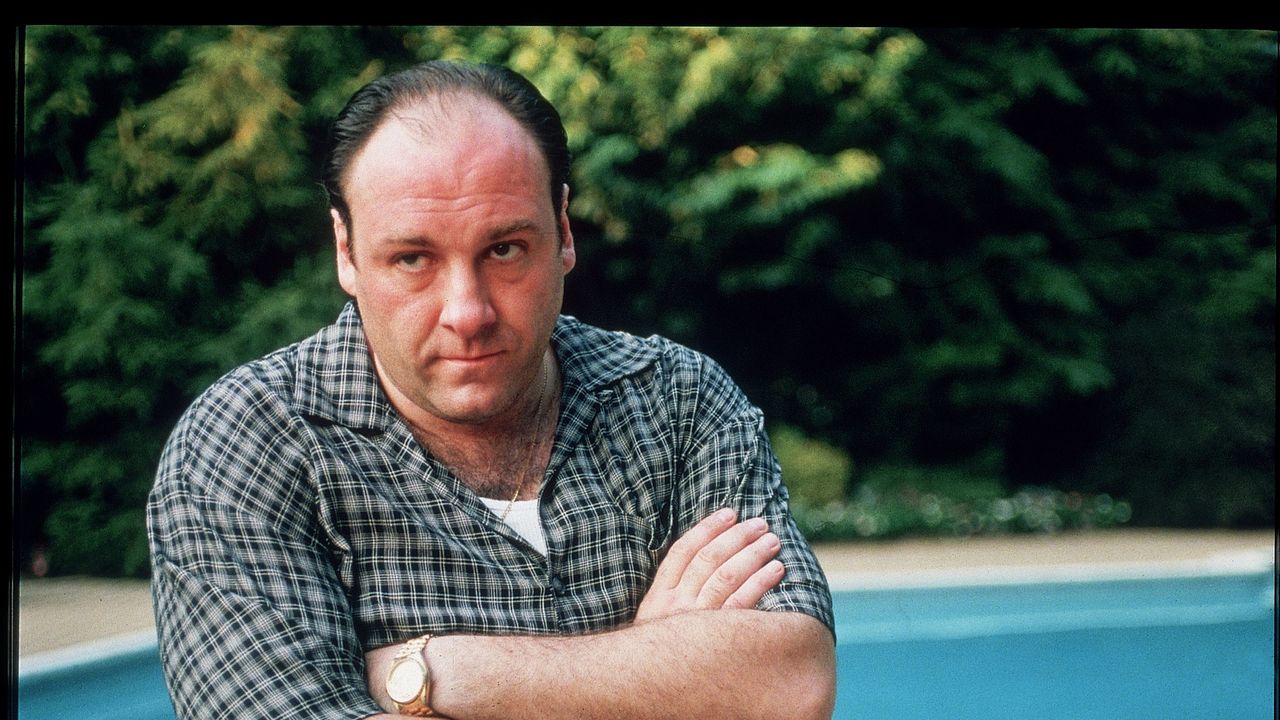In Gandolfini: Jim, Tony and the Life of a Legend, Jason Bailey charts the life and work of James Gandolfini—a once-in-a-generation talent who found
In Gandolfini: Jim, Tony and the Life of a Legend, Jason Bailey charts the life and work of James Gandolfini—a once-in-a-generation talent who found a lasting place in the cultural firmament with his Emmy-winning work on The Sopranos. But like the conflicted mobster he so aptly played, Gandolfini was a complicated man—and partway through his HBO hit’s run, the pressure of his job and his personal demons threatened to stop the entire operation in its tracks. In this exclusive excerpt, costars Edie Falco, Steven Van Zandt, and Steve Schirripa, as well as a variety of Sopranos crew members, recall the drama’s most challenging era.
The no-shows started during season 3. The stress of The Sopranos had weighed on James Gandolfini from the beginning; his costar Steven Van Zandt recalls spending “most of my time talking him into coming back the next day. . . . We’d have the same conversation at least once a month.” Van Zandt would reaffirm how lucky they were to be on such an excellent show, how few comparable film roles there were out there, and then he’d deliver the clincher. “Come back and do us all a favor, because you’re helping to employ, I don’t know, sixty people here?” he’d remind him. “So think of them every time you want to quit. Think of the other fifty people that are trying to make a living, depending on you.”
“So he would sometimes take a few days off, whatever,” Van Zandt says. “But he always came back. He always came back, and he was the most generous guy in the world.”
The reasons for Gandolfini’s “days off” varied. Sometimes he was avoiding a hard or embarrassing scene. Sometimes the difficulties of line memorization would send him into a tailspin. Sometimes he wanted to get an early start on a weekend of partying, which was increasingly his coping mechanism for his unhappiness at home; sometimes he hadn’t quite recovered from one of those weekends. “He likes to have a good time,” explains Sopranos script supervisor Christine Gee, “but sometimes, you know . . . some people don’t know when to stop.”
Whatever prompted it, the outcome was the same. The production office would get a call from the transportation department; the driver who had gone to Jim’s apartment to pick him up reported that he was not answering his door or his phone. “So that could throw a day into a tizzy,” says Steve Kornacki, then an assistant production coordinator, “because then you had to punt and you had to figure out what to do, until somebody got ahold of Jim.” As updates were relayed from his driver to the Teamsters co-captain to executive producer Ilene Landress—he’s up and around, he’s in the shower, he’s coming out to the car—the crew would do what they could: establishing shots, maybe, or coverage of his scene partners over his stand-in’s shoulder, with Gee reading Jim’s lines.
“Find something else to shoot or shoot what you can, as long as you hear he might be coming in,” explains location manager Mark Kamine. “You pull up whatever work you can do without him until he gets in, or says he’s not coming in. And then the Teamster tells the other Teamster who tells the producer who tells me, if I’m the one on set, he’s not coming in. And then the first question is, what can you do instead? And if you can’t do anything, it’s like, OK, go home.”
On the occasions when the driver could get him out of the apartment, albeit tardy and hung over, they would pour coffee into him to sober him up and get him camera ready, and take a shot at making their day (sometimes shooting his medium shots and close-ups simultaneously). “After the first time, there was a contingency plan,” Kornacki notes. “And I don’t think it happened a lot. But the producers were ready for it.”
“Look, it was difficult on production, obviously,” says cinematographer Phil Abraham. “I don’t remember ever getting a phone call saying, Don’t come in to work I remember specifically, Jim even giving them advanced warnings, like I’m not coming in tomorrow. And people would go, Ha, yeah, right. And he wouldn’t come in tomorrow! It wasn’t necessarily always like, he went out drinking that night and then disappeared. I mean, it was that a lot. But I know that playing this character was a huge burden on this guy. He was not this person. And yet he needed a release—it’s almost like the noise in his head was probably too much. Now, whether or not that’s the way one does it…”
Gandolfini on the set of The Sopranos.Arnaldo Magnani/Getty Images.

COMMENTS